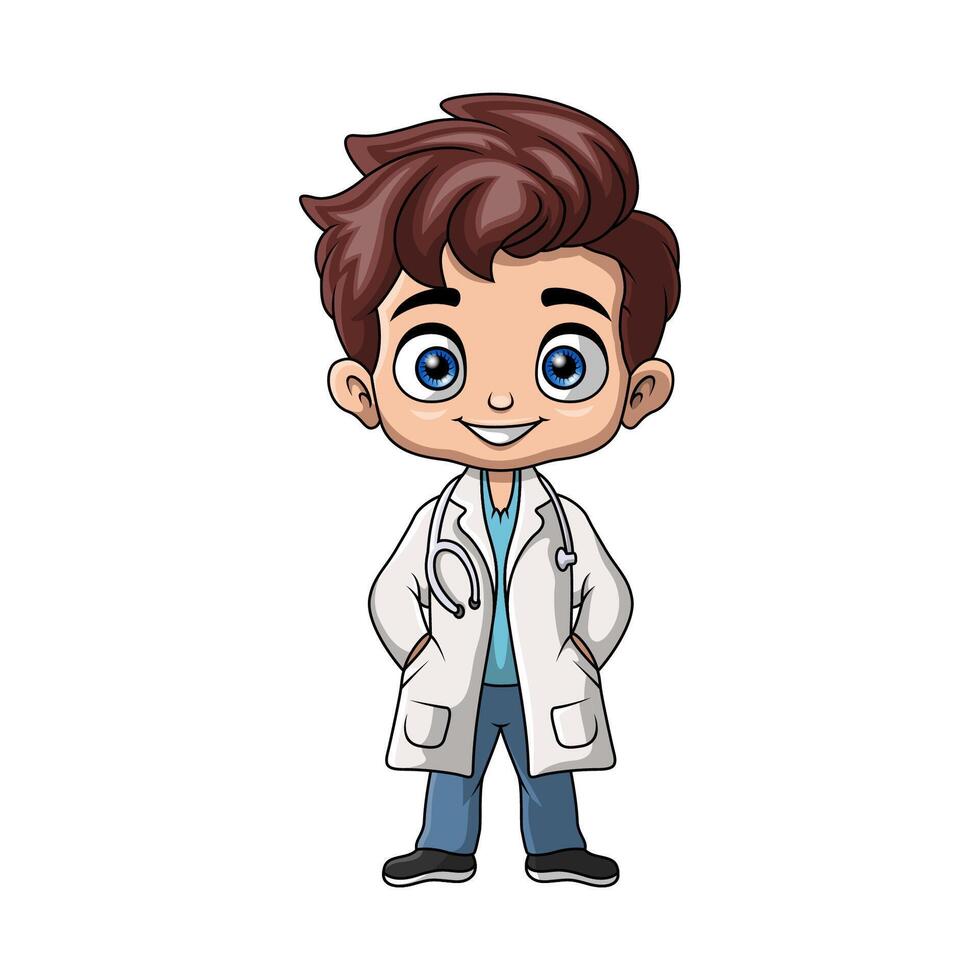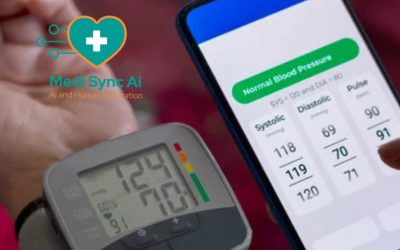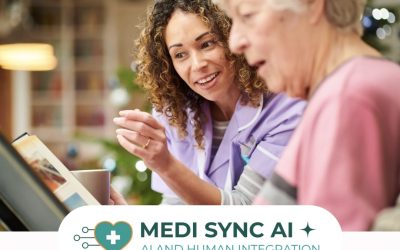Introduction
In an age where technology shapes every facet of our lives, healthcare has undergone a transformative revolution. Remote Patient Monitoring (RPM) has emerged as a groundbreaking tool in modern medicine, reshaping how care is delivered and managed. By leveraging advanced digital tools, RPM empowers healthcare providers to monitor patients’ health data in real time, without the need for in-person visits.
This innovation is particularly impactful for population health—a strategy that focuses on improving health outcomes for entire groups while reducing disparities. RPM allows for the seamless integration of data-driven insights, proactive interventions, and enhanced patient engagement. Medi Sync AI stands at the forefront of this evolution, offering state-of-the-art RPM solutions tailored to meet the diverse needs of both patients and healthcare providers.
In this blog, we will explore the importance of RPM in population health, its multifaceted benefits, and why Medi Sync AI is the ultimate choice for RPM solutions. Finally, we’ll discuss the promising future of RPM and how it can redefine healthcare delivery for millions.
Importance of RPM in Population Health
Population health focuses on improving outcomes for communities by addressing the broader determinants of health—social, economic, and environmental factors—while providing accessible and equitable care. RPM plays a pivotal role in this mission, offering a scalable solution to manage chronic diseases, reduce hospitalizations, and enhance patient adherence to care plans.
Addressing Chronic Disease Epidemics
Chronic conditions such as diabetes, hypertension, and heart disease represent the largest burden on healthcare systems globally. RPM devices continuously track metrics like blood glucose levels, blood pressure, and heart rate, enabling early detection of complications and timely intervention.
For example, a patient with hypertension can use an RPM device to measure their blood pressure daily, while healthcare providers receive instant alerts if readings exceed safe thresholds. This proactive approach not only reduces hospital admissions but also empowers patients to take an active role in their health management.
Improving Access to Care
RPM bridges the gap for underserved populations, including those in rural or remote areas where access to healthcare facilities is limited. By eliminating the need for frequent in-person visits, RPM ensures that patients can receive continuous care regardless of their geographical location.
Enhancing Data-Driven Decision Making
Population health relies heavily on data to identify trends, predict outbreaks, and implement preventive strategies. RPM generates real-time, actionable data that can be analyzed to tailor interventions for specific demographics, leading to more effective care delivery.
Benefits of Remote Patient Monitoring for Patients and Providers
RPM delivers a wealth of benefits, transforming the healthcare experience for patients while improving operational efficiency for providers.
For Patients
Convenience and Comfort
Patients can monitor their health from the comfort of their homes, reducing the need for frequent hospital visits. This convenience is especially valuable for those with mobility challenges or chronic conditions requiring constant care.
Improved Health Outcomes
By providing real-time feedback and alerts, RPM encourages patients to adhere to prescribed treatments and make informed lifestyle choices. Studies show that continuous monitoring can significantly reduce complications and improve long-term health outcomes.
Cost Savings
Avoiding unnecessary hospital visits and emergency care translates to lower healthcare expenses for patients. RPM devices also minimize travel costs and time lost from work.
For Providers
Enhanced Patient Engagement
Providers can maintain regular contact with patients, fostering stronger relationships and ensuring that care plans are effectively implemented.
Streamlined Workflow
RPM automates routine tasks such as data collection and monitoring, allowing healthcare teams to focus on critical decision-making and patient care.
Reduced Hospital Readmissions
Real-time monitoring enables early intervention, preventing conditions from escalating and reducing the likelihood of hospital readmissions.
Why Medi Sync AI is the Best Choice for RPM Solutions
Medi Sync AI combines cutting-edge technology with a patient-centric approach to offer unparalleled RPM solutions. Here’s why it stands out:
Advanced Technology
Medi Sync AI integrates artificial intelligence and machine learning to provide predictive analytics, helping providers anticipate potential health issues before they arise.
Customizable Solutions
Every patient is unique, and so are their healthcare needs. Medi Sync AI offers customizable RPM solutions tailored to individual requirements, ensuring optimal outcomes.
Compliance and Security
Adhering to HIPAA guidelines, Medi Sync AI prioritizes patient data privacy and security. Robust encryption protocols ensure that sensitive information is protected at all times.
Comprehensive Support
From onboarding to ongoing technical assistance, Medi Sync AI provides comprehensive support to both patients and providers, ensuring a seamless experience.
Future of Remote Patient Monitoring in Population Health
The future of RPM is bright, with advancements in technology paving the way for even greater integration into population health strategies.
Artificial Intelligence and Predictive Analytics
AI will play an increasingly vital role in RPM, enabling the prediction of health trends and early detection of potential issues. For instance, AI-powered RPM systems can identify patterns in patient data to flag early signs of diseases like diabetes or heart failure.
Integration with Wearable Devices
Wearable technology, such as smartwatches and fitness trackers, will become an integral part of RPM. These devices can monitor various health metrics, from heart rate to sleep patterns, providing a holistic view of a patient’s health.
Telehealth Synergy
The combination of RPM and telehealth will redefine care delivery. Patients can consult with healthcare providers virtually, supported by real-time data from RPM devices, ensuring comprehensive and timely care.
Expanding Access to Marginalized Communities
As the cost of technology decreases, RPM will become more accessible to low-income and underserved populations, bridging healthcare disparities and promoting equity in care delivery.
Conclusion
Remote Patient Monitoring is undeniably a game-changer for population health. By enabling continuous, data-driven care, RPM addresses the challenges of chronic disease management, improves access to healthcare, and enhances patient outcomes.
Medi Sync AI is leading this revolution with its innovative, secure, and patient-focused RPM solutions. Whether you’re a healthcare provider looking to optimize care delivery or a patient seeking better management of your health, Medi Sync AI offers the tools and support you need.





